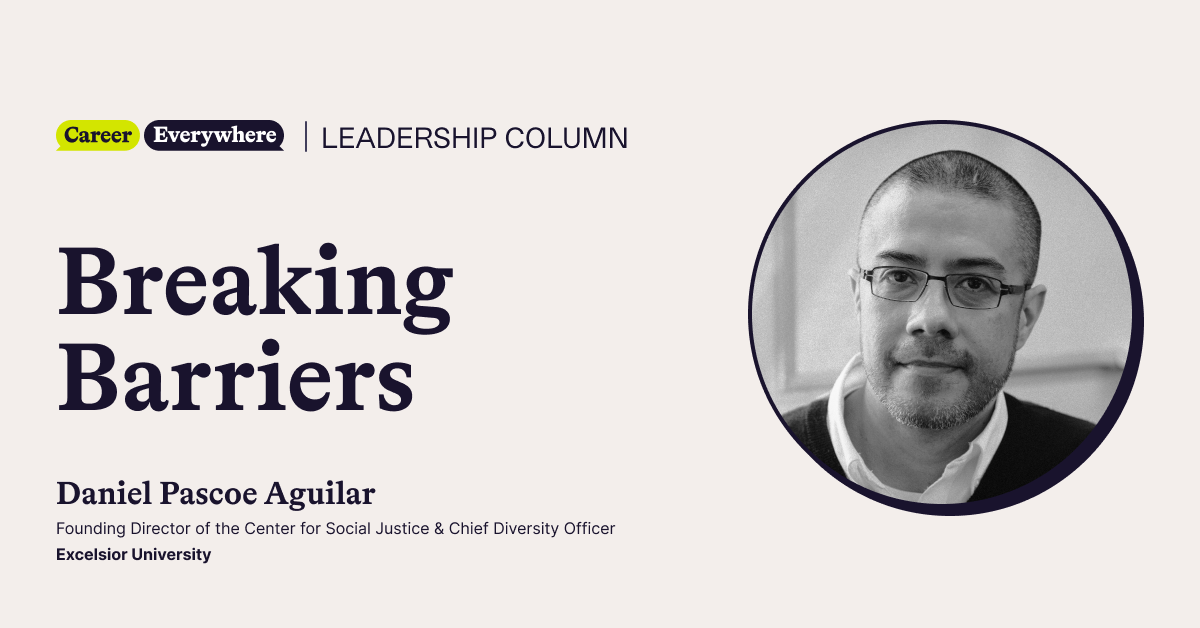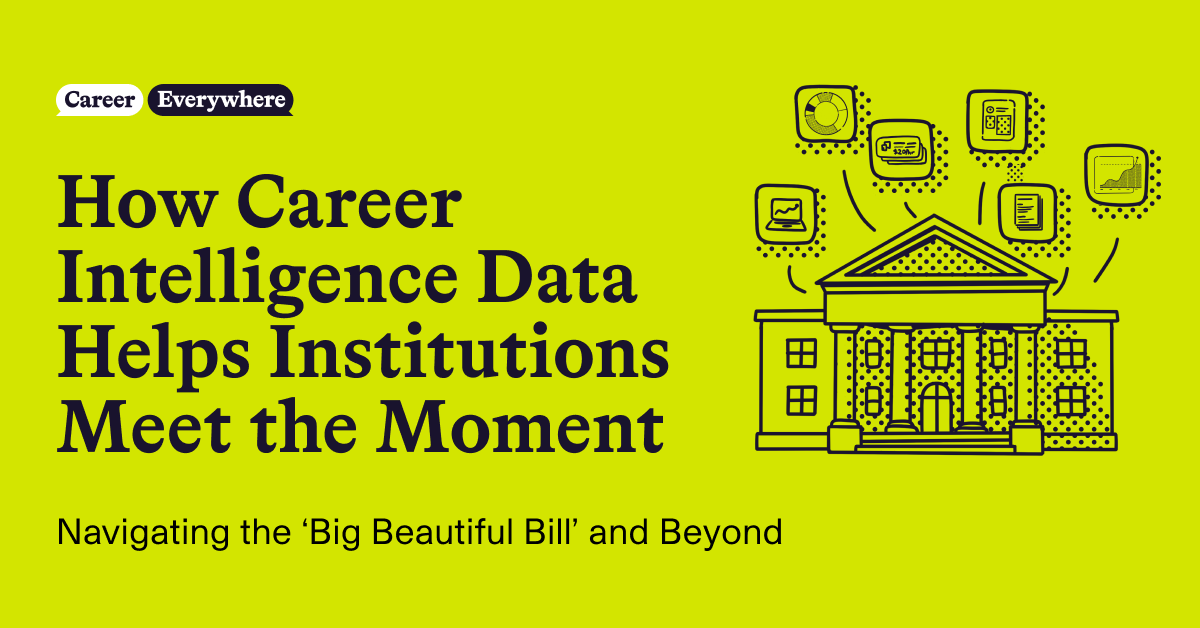
In my last two columns, I discussed Hersey and Blanchard’s Situational Leadership Theory as an emphasis of the relationship between our leadership and our necessary facilitation of the growth, learning, and professional development of the leaders we lead. I argued that this is a reminder of the necessary individualization of our leader development facilitation and the never-ending developmental nature of our work, and how this assessment has led me to believe that a critical focus of our leadership should be our facilitation of our team members’ leadership learning and growth, which requires our careful instruction and instructional design as an integral part of our systemic leadership.
I also shared how I have found CAST’s Universal Design for Learning (UDL) theory helpful, particularly its emphases on our meaningful and inclusive scaffolding of the engagement, representation, and action and expression of the learners or leaders we serve and as a tool for our inclusive, effective, and efficient facilitation of the professional development of all members of our teams, regardful of who they are, what matters to them, and their learning style.
According to UDL, in addition to diversifying the means of engagement and representation of our team members, as we discussed in columns 13 and 14, facilitating the diversification of the actions, expression, and executive functions the leaders we lead access to perform and lead is our responsibility as leaders, as it can enhance the inclusion, authenticity, ownership, and intelligence of the “how” or the strategies the team members we serve pursue for their learning and development, and for their leadership and work. We know that the inclusivity of the skills, ideas, and prototypes we implement is a catalyst to the effectiveness of our leadership and innovation, and that its prevention, absence, or limitation could put the success of our efforts and/or the success of those we serve at risk.
So, to facilitate the development of strategic, goal-oriented learners or leaders, UDL recommends facilitating the diversification of their means of action and expression in three key ways. This involves scaffolding the inclusivity, authenticity, and ownership of:
- Their actions and applications of their learning and ideas
- Their expression and communication of their perspectives and innovation
- Their goal-setting, planning, prototyping, and testing
Authentic actions and applications
Valuing and leveraging the richness of our diversity to do better as organizations requires our expectation of diverse actions and applications from the diversity of leaders we steward and lead. Like me, you might have encountered environments that seek diversity but expect it to come in a traditional package. This expectation shows in the candidates the organization values, in the professional development opportunities it offers to its workforce, in the leadership style it expects from its leaders, and, unfortunately, in the decisions it makes. Our success as individuals and organizations, and the success of the strategies and efforts of the leaders we lead requires our leadership to expect, value, facilitate, and scaffold diversity and authenticity in the actions and applications of the members of our teams.
So, when working with the leaders we lead, UDL principles can help us enhance our systemic leadership and that of the leaders we support by considering questions/responsibilities such as the ones listed below as part of our efforts to scaffold the authenticity and ownership of the actions and applications members of our teams pursue to be successful in their leadership:
- How could we further scaffold or facilitate the space and flexibility necessary for the authentic actions and applications of the leaders we lead?
- How could we further scaffold or facilitate the space and flexibility necessary for the authentic navigation and response to challenges and opportunities of the leaders we lead?
- How could we further scaffold or facilitate the flexibility and access to the technology and tools the leaders we lead need to succeed?
Authentic expression and communication
Valuing and leveraging our diversity has been one of our greatest challenges as a human race and, unfortunately, as organizations. Despite our intuition and vast research reminding us that the greater the diversity of experiences, perspectives, ideas, and skills we include in our problem-solving and innovation the better our decision-making, our tendency is to be resistant or afraid of differences—particularly those with which we don’t identify or those we have a hard time understanding. This challenge usually shows first in our openness to how others express and communicate, limiting our capacity to listen and, more importantly, as leaders, reducing our capacity to allow and support the leaders we lead in expressing and communicating the values and purpose of their leadership and work.
So, when working with the leaders we lead, UDL principles can help us enhance our systemic leadership and that of the leaders we support by considering questions/responsibilities such as the ones listed below as part of our efforts to scaffold the authenticity of expression and communication members of our teams pursue to be successful in their leadership:
- How could we further procure and support the necessary openness and receptiveness that allows the leaders we lead to express and communicate the value and purpose of their leadership and work?
- How could we enhance the media and tools to which the leaders we lead have access to further facilitate and scaffold their means and growth of expression and communication?
- How could we provide the leaders we lead with the necessary scaffolding and support to help them develop and enhance their leadership expression and communication as an integral part of their professional development?
Goal-setting, planning, prototyping, and testing ownership
In my last column, I shared concern about our difficulties with change and difference going much deeper, about Powell’s, McGee’s, Bennett’s, and so many others’ warnings about the frequency and danger of our fear of difference, of our lack of openness to adaptation and growth, of our unfortunate limitation in seeing the humanity in others—particularly in those whose experiences or perspectives are so different to ours making it virtually impossible to understand them because we have not walked their footsteps.
This means that one of our greatest social and organizational threats is our challenge in valuing, embracing, eliciting, integrating, and supporting the new, different ideas, solutions, and innovation necessary to pursue the paradigms we need to shift, the goals and strategies we need to envision, the change in which we need to engage, and the systemic redesign we need to lead. I thus argue that further scaffolding and facilitating the innovation, goal-setting, planning, and prototyping and testing of the leaders we lead is one of the most important responsibilities of our leadership.
So, when working with the leaders we lead, UDL principles can help us enhance our systemic leadership and that of the leaders we support by considering questions/responsibilities such as the ones listed below as part of our efforts to scaffold the authenticity and ownership of the innovation, goal-setting, planning, prototyping, and testing members of our teams pursue to be successful in their leadership:
- How could we further elicit and scaffold the innovation authenticity and ownership of the leaders we lead?
- How could we further elicit and scaffold the goal-setting authenticity and ownership of the leaders we lead?
- How could we further elicit and scaffold the authenticity and ownership of the prototyping and testing the leaders we lead pursue as part of their leadership and efforts?
A main focus of our leadership should be our facilitation of our team members’ leadership learning and growth. This requires our careful instructional design and facilitation of learning and development as an integral part of our leadership of the experience of the leaders we lead. I have found the UDL (Universal Design for Learning) and its emphases on the meaningful and inclusive engagement, representation, and action and expression of the learners or leaders we serve to be a powerful approach to the inclusivity, effectiveness, and sustainability of our systemic leadership.


